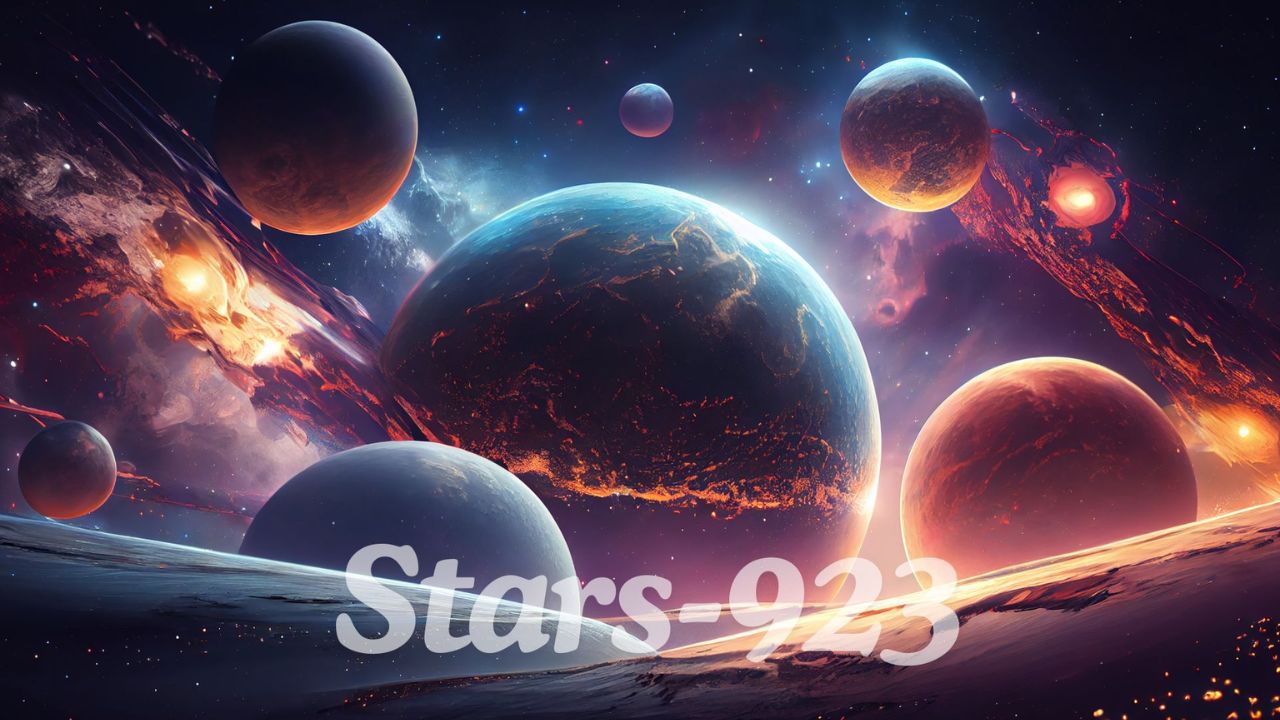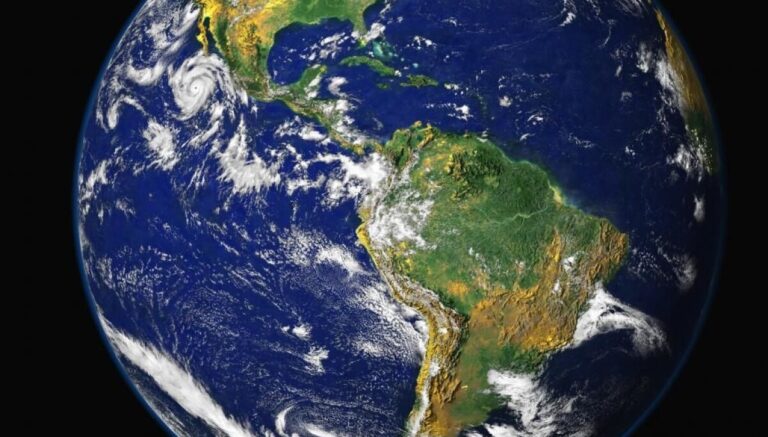The cosmos is a vast expanse filled with innumerable wonders, from galaxies spiraling in the dark void to stars twinkling from unimaginable distances. Among these celestial marvels, a particular group of stars has recently captured the attention of astronomers and stargazers alike—Stars-923. This enigmatic cluster of stars, located in a relatively unexplored region of the galaxy, has become the subject of intense study, promising to unlock new insights into the nature of our universe.
The Discovery of Stars-923
Stars-923 was first identified by a team of astronomers using the latest generation of space telescopes, equipped with advanced imaging and spectroscopy capabilities. Unlike many other star clusters, Stars-923 is situated in a part of the galaxy that had previously been difficult to observe due to interstellar dust clouds. However, with the advent of new observational techniques, the veil was lifted, revealing a star cluster that stood out for its unusual composition and structure.
The initial observations of Stars-923 indicated that it is not just another ordinary star cluster. The stars within it exhibit a remarkable range of colors and sizes, suggesting a diverse population that includes everything from massive blue giants to faint red dwarfs. Moreover, the cluster’s position and movement within the galaxy have sparked interest, as they seem to defy some of the conventional theories about stellar formation and evolution.
The Unique Characteristics of Stars-923
What makes Stars-923 particularly intriguing are its unique characteristics that set it apart from other star clusters. One of the most notable features is the presence of a significant number of binary and multiple star systems within the cluster. Binary star systems, where two stars orbit around a common center of mass, are not uncommon in the galaxy, but the sheer number of such systems in Stars-923 is unusual. These binary systems could provide crucial data on how stars interact and evolve together over time.
Another fascinating aspect of Stars-923 is the diversity of its stellar population. The cluster contains stars of varying ages, from young protostars still enveloped in their birth clouds to ancient stars that are nearing the end of their life cycles. This variety suggests that Stars-923 is a dynamic environment where star formation has occurred in multiple waves, possibly triggered by gravitational interactions with nearby cosmic structures.
The chemical composition of the stars in Stars-923 also presents a puzzle for astronomers. Spectroscopic analysis has revealed that the stars in this cluster have an unusually high concentration of certain heavy elements, such as iron and magnesium. This anomaly raises questions about the processes that led to the formation of Stars-923, as well as its potential impact on the surrounding interstellar medium.
The Significance of Stars-923 in Galactic Research
The discovery of Stars-923 has profound implications for our understanding of stellar and galactic evolution. By studying this cluster, astronomers hope to gain insights into the mechanisms that govern star formation, especially in environments that differ from the more well-known regions of the galaxy. Stars-923 could serve as a natural laboratory for testing theories about the birth and death of stars, the formation of binary systems, and the enrichment of the interstellar medium with heavy elements.
Moreover, Stars-923’s location on the outskirts of a dense interstellar cloud presents an opportunity to study the interaction between star clusters and their surrounding environments. The cluster’s position suggests that it may have formed as a result of shock waves from a nearby supernova or the gravitational pull of a passing molecular cloud. Understanding these interactions could shed light on the complex processes that shape the structure and evolution of galaxies.
In addition to its scientific significance, Stars-923 has also captured the imagination of the public. The stunning images of the cluster, with its vibrant colors and intricate patterns, have been widely shared and admired. These images not only highlight the beauty of the cosmos but also serve as a reminder of the vastness and diversity of the universe we inhabit.
The Future of Research on Stars-923
As research on Stars-923 continues, astronomers are eager to explore this cluster in greater detail. Future observations using even more advanced telescopes, such as the upcoming James Webb Space Telescope, will provide higher resolution images and more precise measurements of the stars within the cluster. These observations could reveal new details about the cluster’s structure, composition, and history, further deepening our understanding of this cosmic marvel.
In addition to observational studies, theoretical models of star formation and evolution will be tested and refined based on the data gathered from Stars-923. Researchers will also likely conduct comparative studies with other star clusters to identify what makes Stars-923 unique and how it fits into the broader context of galactic evolution.
The study of Stars-923 is a testament to the ongoing quest to explore and understand the universe. As we uncover more about this remarkable cluster, we are reminded of the endless mysteries that await discovery in the cosmos. Stars-923 may be just one of countless star clusters in the galaxy, but it offers a window into the complex and beautiful processes that shape our universe. In the years to come, Stars-923 will undoubtedly continue to be a focal point for astronomical research, inspiring both scientists and the public with its wonders.




